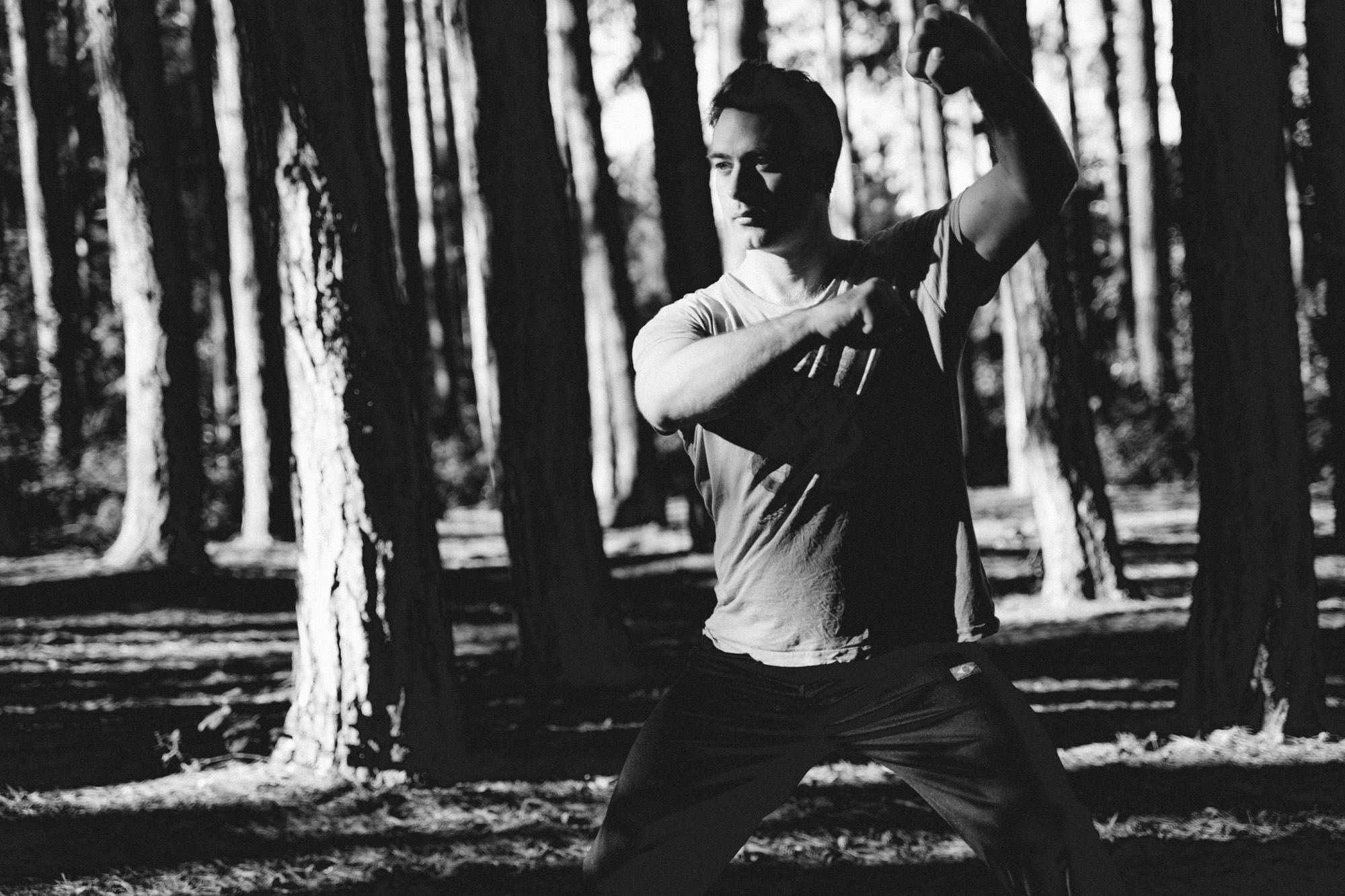My training experience at a glance
- MSc Strength and Conditioning from the University of Edinburgh
- Trained in ‘Practical’ Wutan Tai Chi by Dan Docherty, 1980 South East Asia full contact champion
- British and European Tai Chi Heavyweight Champion (pushing hands)
- Trainer of dozens of national and European Tai Chi pushing hands champions
- Trainer of multiple national and 2 World Champions (San Da kickboxing)
- Trained in kettlebell lifting in Latvia by Vasily Ginko, 7 time world champion
I teach martial arts and strength training in a way that draws from exercise science as well as decades of experience as a coach and practitioner.
I don’t teach fancy or trendy tricks, but use a scientific and logical approach that bring real results quickly.
Fundamental Objectives
- Improve Your Body Composition – whether you are interested in building martial arts skills or simply follow a strength and athleticism approach, becoming leaner is the quickest route to achieving good health.
- A Simple, consistent and high volume approach to training – Helping you learn to do more quality training work with less effort to enhance your physical condition, ingrain fundamental technical and tactical skills whilst building resistance to fatigue and ‘toughness’.
- Avoidance of flowery martial training or strength training tricks – I use a very rich selection of training exercises designed to build the real attributes of excellent physical conditioning or martial technique. Fitness industry fads aren’t used, nor are flowery, ineffective martial arts moves.
- Health building and recovery methods- Harness the power of highly sophisticated exercises (Neigong) that help improve overall health and athletic potential, whilst enhancing your recovery and readiness to return to harder training.
- Get MORE Out Of Less- Prioritising training that is time efficient, letting you get more results from the time and effort you put in.




